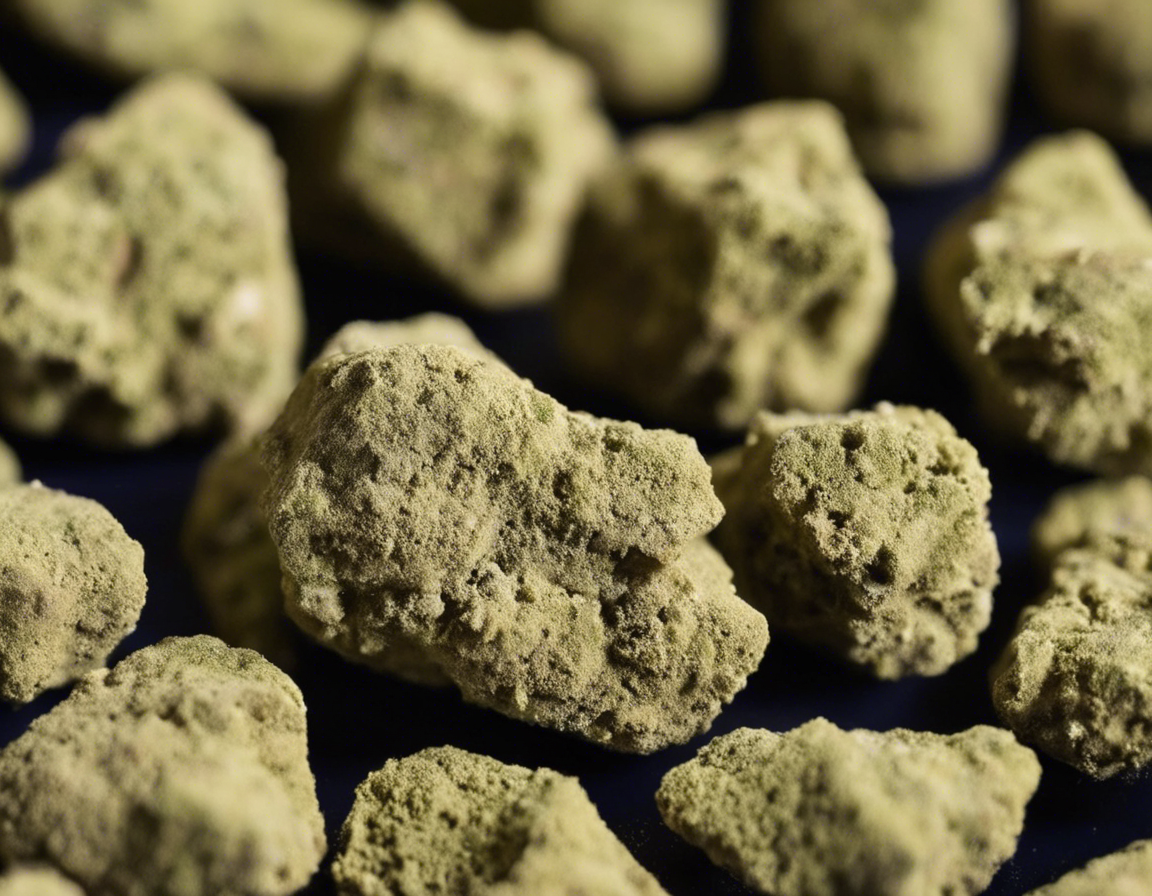Moonrocks are a relatively new form of designer drug on the market that has gained popularity in recent years. A potent combination of MDMA (ecstasy), marijuana, and sometimes other drugs or substances, moonrocks are typically consumed in the form of capsules, pills, or powders. In this post, we’ll delve into the various aspects of moonrocks, including their composition, effects, risks, and legal status.
What Are Moonrocks Made Of?
Moonrocks typically consist of a combination of MDMA (which is responsible for the stimulant and euphoric effects), marijuana (which enhances sensory perception and relaxation), and possibly other substances such as cocaine, ketamine, or hallucinogens. These drugs are often combined in varying ratios to create a potent and diverse set of effects on the user.
How Are Moonrocks Consumed?
Moonrocks can be consumed in several ways, depending on their form. They may be swallowed in capsule form, ingested as pills, or even snorted in powdered form. Some users may also dissolve moonrocks in liquid and inject them, although this method poses significant health risks. The mode of consumption can impact the onset and duration of effects, with some methods producing more intense and longer-lasting highs than others.
Effects of Moonrocks
One of the primary reasons for the popularity of moonrocks is the intense high they produce. Users typically experience a surge of euphoria, increased sociability, heightened sensory perception, and a sense of emotional openness. However, these effects come with potential risks, including increased heart rate, elevated blood pressure, dehydration, anxiety, paranoia, and even seizures in severe cases. Prolonged use of moonrocks can also lead to addiction and long-term cognitive impairments.
Short-Term Effects
- Euphoria
- Enhanced sensory perception
- Increased sociability
- Heightened emotional state
- Paranoia
- Increased heart rate
- Dry mouth
- Jaw clenching
- Nausea
Long-Term Effects
- Addiction
- Cognitive impairments
- Memory problems
- Anxiety disorders
- Depression
- Sleep disturbances
Risks Associated with Moonrocks
The consumption of moonrocks poses several risks to users, both in the short and long term. One of the most significant dangers is the lack of quality control in the production and distribution of these drugs, leading to inconsistencies in potency and purity. This variability can result in accidental overdose, poisoning, or adverse reactions, especially when moonrocks contain undisclosed substances or adulterants. Additionally, the combination of MDMA and marijuana can place a significant strain on the cardiovascular system, potentially leading to heart attacks, strokes, or other life-threatening complications.
Legal Status of Moonrocks
Moonrocks are illegal in most countries due to the presence of controlled substances such as MDMA and marijuana. The production, distribution, sale, and possession of moonrocks are subject to strict legal penalties, including fines, imprisonment, and criminal records. Law enforcement agencies around the world actively monitor the illicit trade of moonrocks and work to combat their distribution through undercover operations, drug busts, and public awareness campaigns.
FAQs About Moonrocks
1. Are moonrocks the same as moonrock weed?
No, moonrocks and moonrock weed are different substances. Moonrock weed refers to a potent cannabis bud that has been coated in THC concentrate and rolled in kief, creating a highly potent form of marijuana. Moonrocks, on the other hand, are a combination of MDMA, marijuana, and other substances.
2. How long do the effects of moonrocks last?
The duration of effects from moonrocks can vary depending on the dosage, purity, and individual tolerance levels. Generally, the effects of moonrocks can last anywhere from 4 to 8 hours, with residual effects lasting up to 24 hours.
3. Can moonrocks be detected in drug tests?
Yes, most standard drug tests can detect the presence of MDMA and marijuana, which are the primary components of moonrocks. Drug tests can identify these substances in blood, urine, or hair samples, depending on the type of test administered and the timeframe of use.
4. Can moonrocks be addictive?
Yes, moonrocks have a high potential for addiction due to the potent combination of MDMA and marijuana, both of which can be habit-forming substances. Regular use of moonrocks can lead to physical and psychological dependence, making it challenging for users to quit without professional help.
5. Are there any medical uses for moonrocks?
No, moonrocks do not have any recognized medical uses and are classified as recreational drugs. The combination of MDMA and marijuana in moonrocks produces psychoactive effects that are not conducive to medical treatment but rather geared towards recreational use and altering consciousness.
In conclusion, while moonrocks may offer an intense and euphoric high to users, the risks and potential consequences associated with their consumption far outweigh any perceived benefits. It is essential for individuals to be informed about the dangers of moonrocks and to make informed decisions regarding their health and well-being. Seeking help from healthcare professionals, addiction specialists, or support groups can be crucial for those struggling with substance abuse issues related to moonrocks or other illicit drugs.



